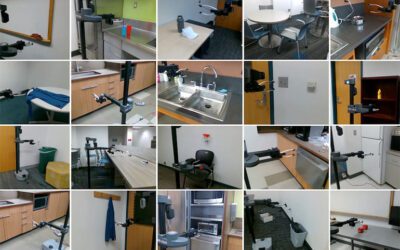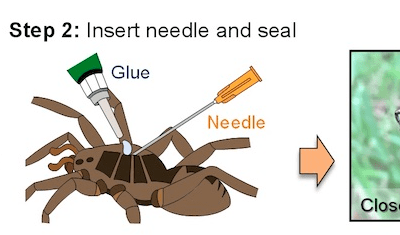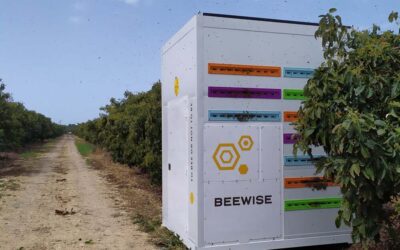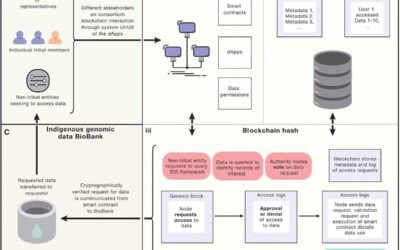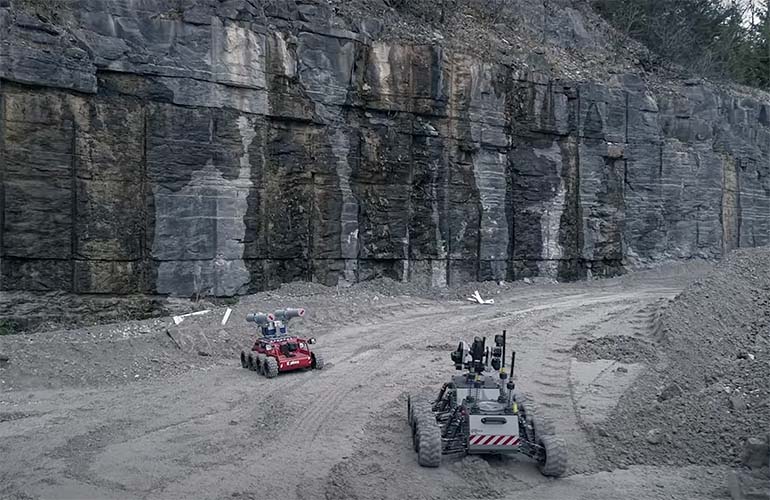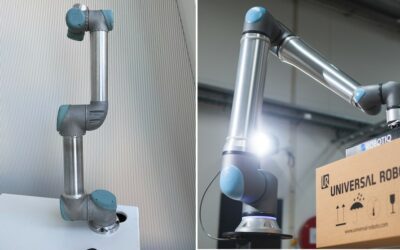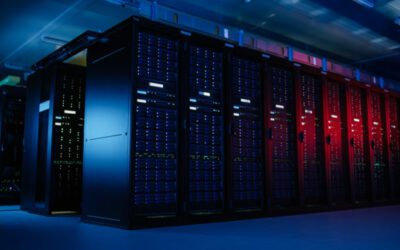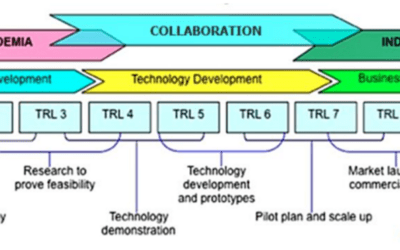Robotics News
Watch William Shatner discuss the future of robotics in 1984
In a science documentary from 1984, which recently began generating buzz online, actor William Shatner discusses recent advances in robotics and the future of the industry. The post Watch William Shatner discuss the future of robotics in 1984 appeared first on The...
CMU researchers teach robots to do chores by watching humans
A research team from Carnegie Mellon University’s (CMU) School of Computer Science has developed a new method for robots to learn called WHIRL, which stands for In-the-Wild Human Imitating Robot Learning. The post CMU researchers teach robots to do chores by watching...
Watch researchers use dead spiders as robotic grippers
Well, here’s something you don’t see everyday. Engineers at Rice University are turning dead spiders into mechanical grippers. The dead wolf spiders are being tested to show they can reliably lift more than 130% of their own body weight. The researchers said this is...
This robotic beehive wants to save the bees
Every year, around 35% of all bee colonies on the planet collapse, according to Beewise CEO Saar Safra. This is a phenomenon called colony collapse disorder, and it occurs when worker bees abandon the colony and queen. Stopping this decline is crucial. Seventy five...
Next-gen Ingenuity Helicopters will have robotic arms
NASA is swapping out its Sample Fetch Rover for two drones, similar to the Ingenuity Helicopter, to serve as backups to the Perseverance Rover in the Mars sample return campaign. The sample return campaign begins with the Perseverance Rover, which has already been on...
Study Explores Use of Blockchain to Protect Indigenous Genomic Data
Genomic data from Indigenous communities plays an important role in understanding an array of diseases; however, this data has often been used without informed consent. A team of UC San Diego researchers—including San Diego Supercomputer Center affiliate Timothy...
Does Quantum Entanglement Hold the Key to Unhackable Communications?
An international research team, consisting of theoretical and applied physicists and computer scientists, has experimentally implemented a “bug-proof” type of quantum cryptography using quantum entanglement that could pave the way for secure communication between...
How robots helped a collapsed mine get back in operation
Manned explorations weren't possible after the Lhoist North American limestone mine collapsed in 2021, so the team turned to robots instead. The post How robots helped a collapsed mine get back in operation appeared first on The Robot Report.
The evolution of Universal Robots’ cobot arms
Denmark-based Universal Robots (UR) has sold more than 50,000 collaborative robot arms since it was founded. It has a network of 1,100-plus integrators, distributors and independent partners worldwide helping it grow the collaborative robotics market. The post The...
US Pursues Next-gen Exascale Systems with 5-10x the Performance of Frontier
With the Linpack exaflops milestone achieved by the Frontier supercomputer at Oak Ridge National Laboratory, the United States is turning its attention to the next crop of exascale machines, some 5-10x more performant than Frontier. At least one such system is being...
Accelerating your robotic system’s path from prototype to production
Let’s imagine that the next phone call you receive is from a customer that wants to order 10x the number of robots you have in your current production capacity, and needs them ASAP. Is that good or bad news? A new revenue stream is a win, but if you’re not prepared,...
How machine vision helps automate lettuce harvesting
Lettuce is a valuable crop in Europe and the USA, but labor shortages make it difficult to harvest this valuable field vegetable, as sourcing sufficient seasonal labor to meet harvesting commitments is one of the sector’s biggest challenges. Moreover, with wage...


